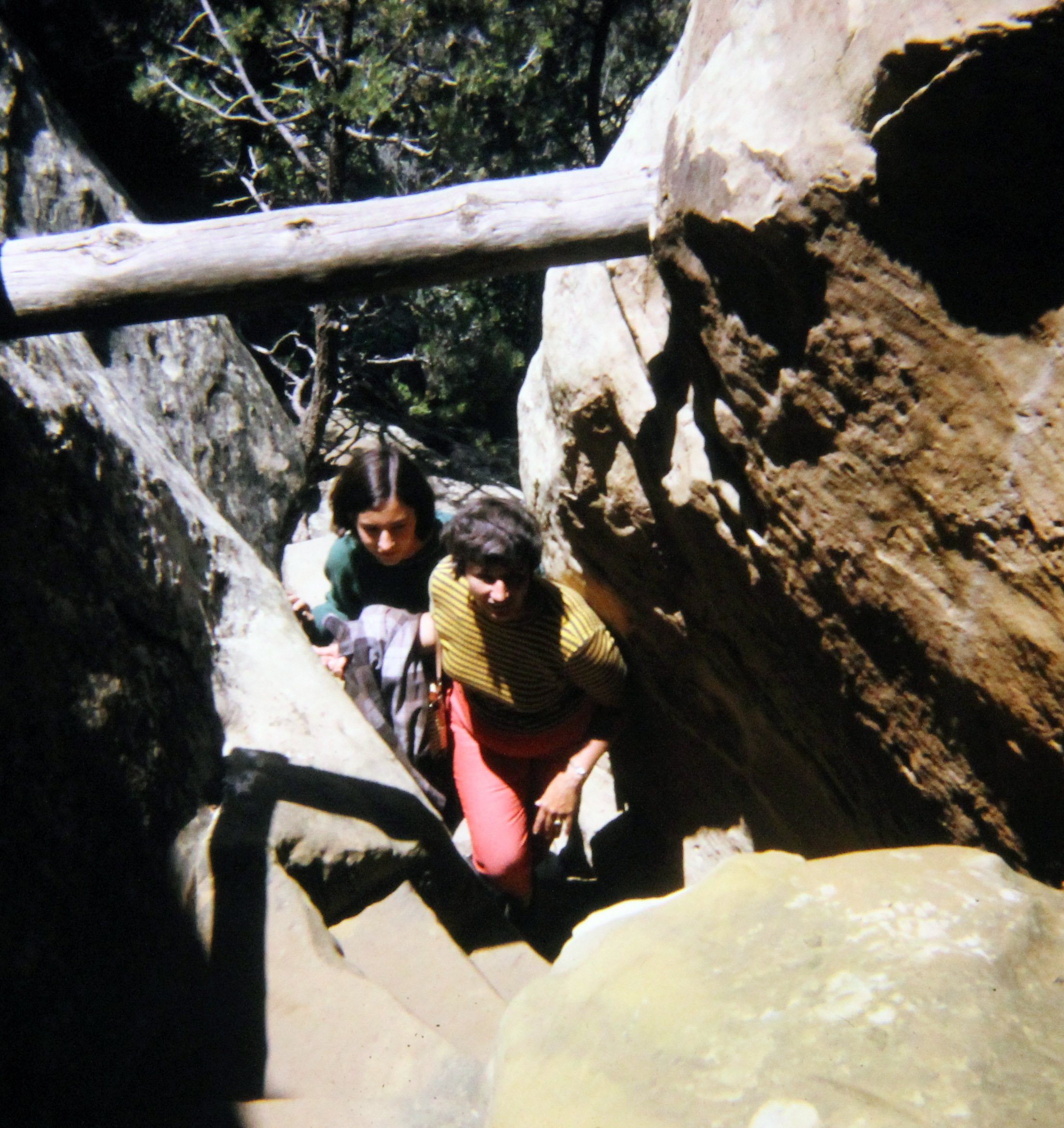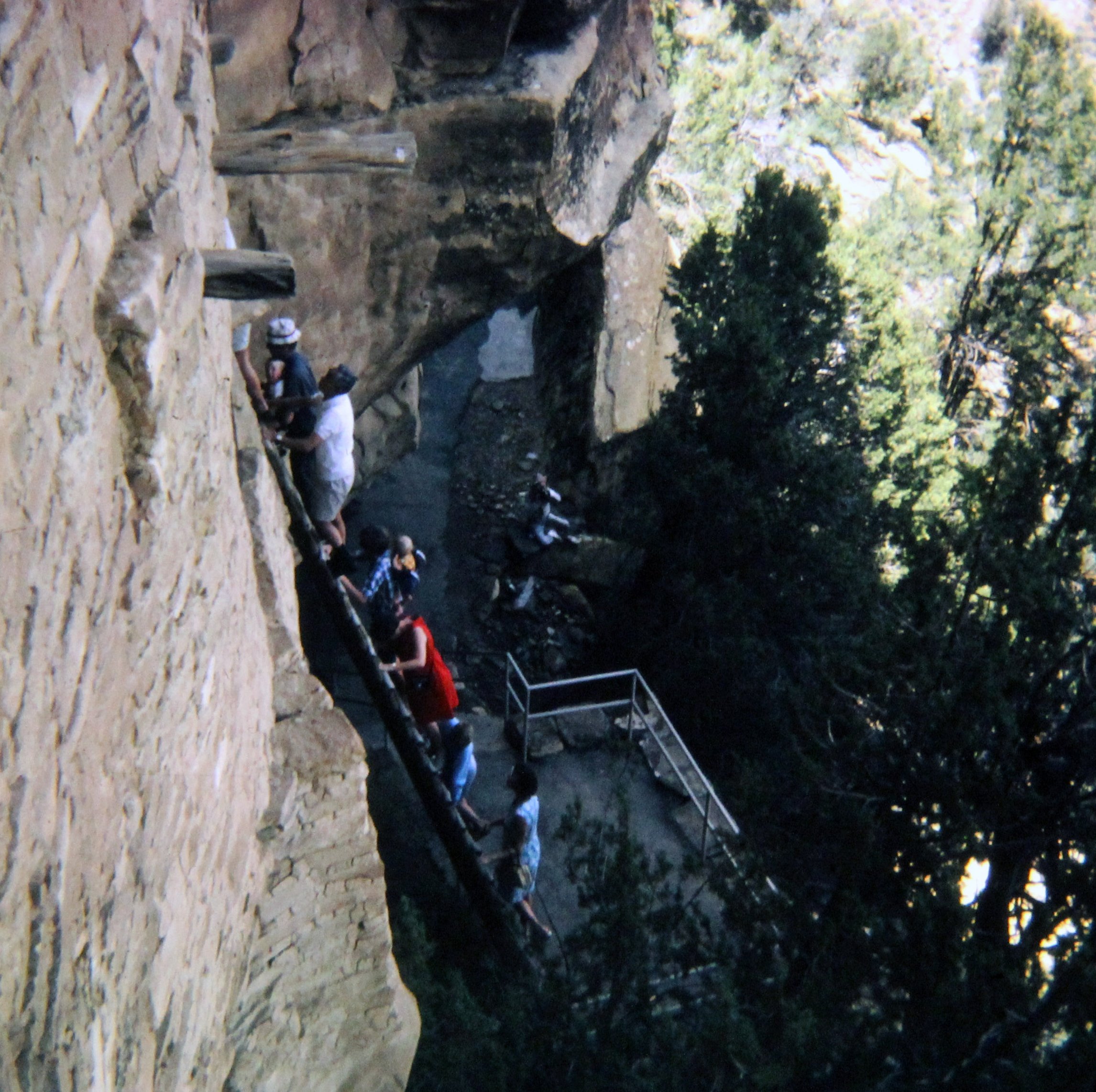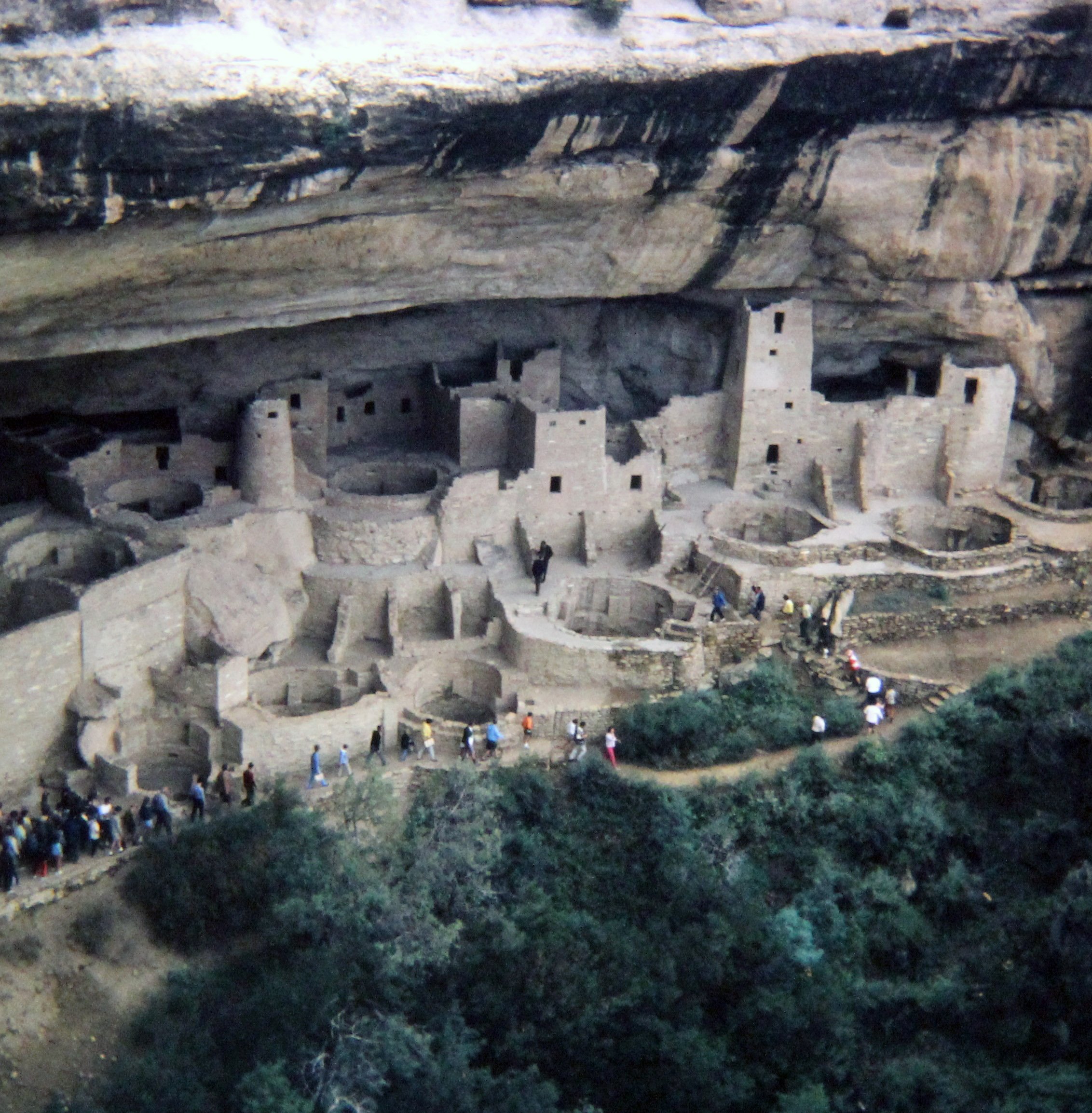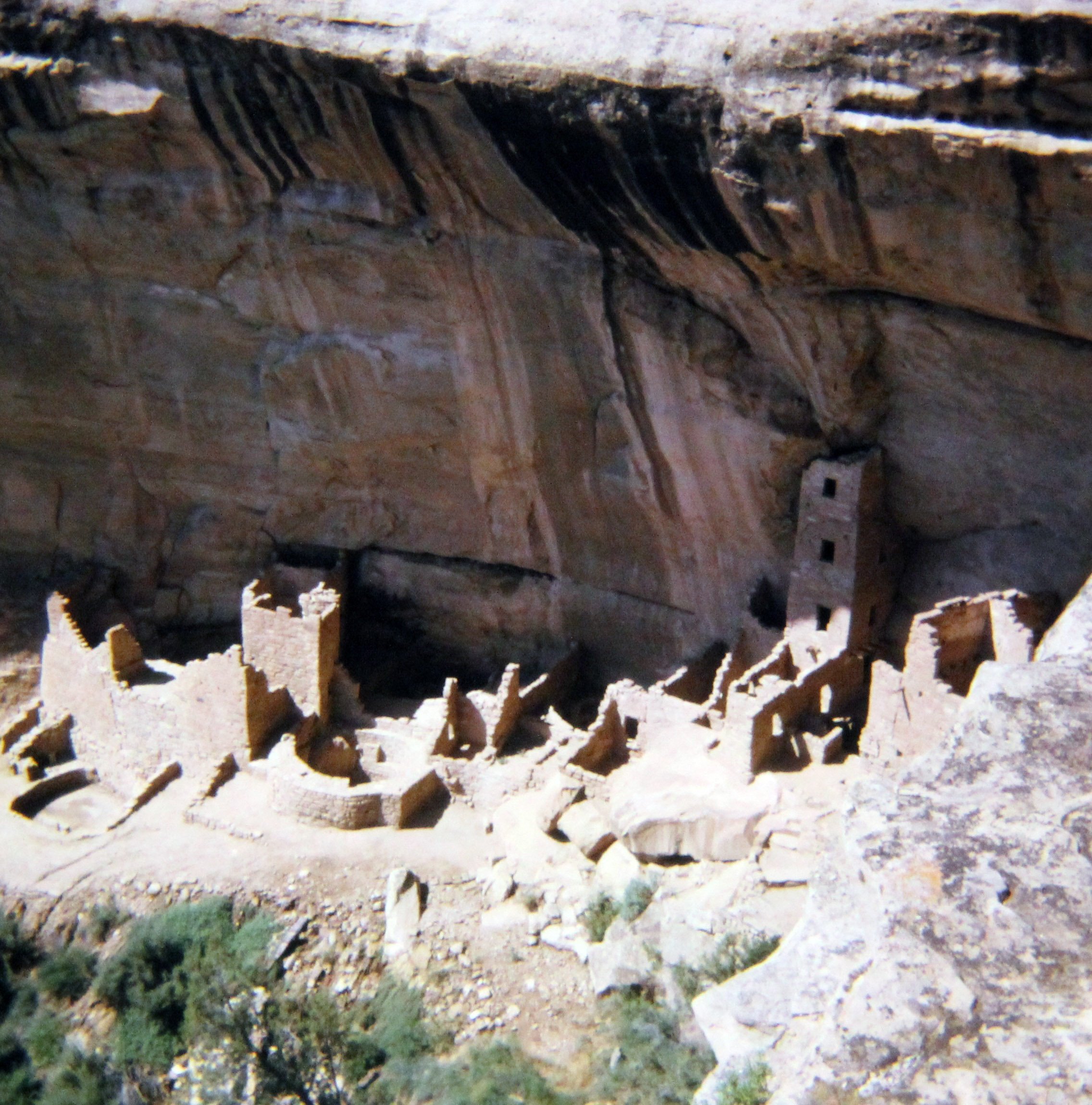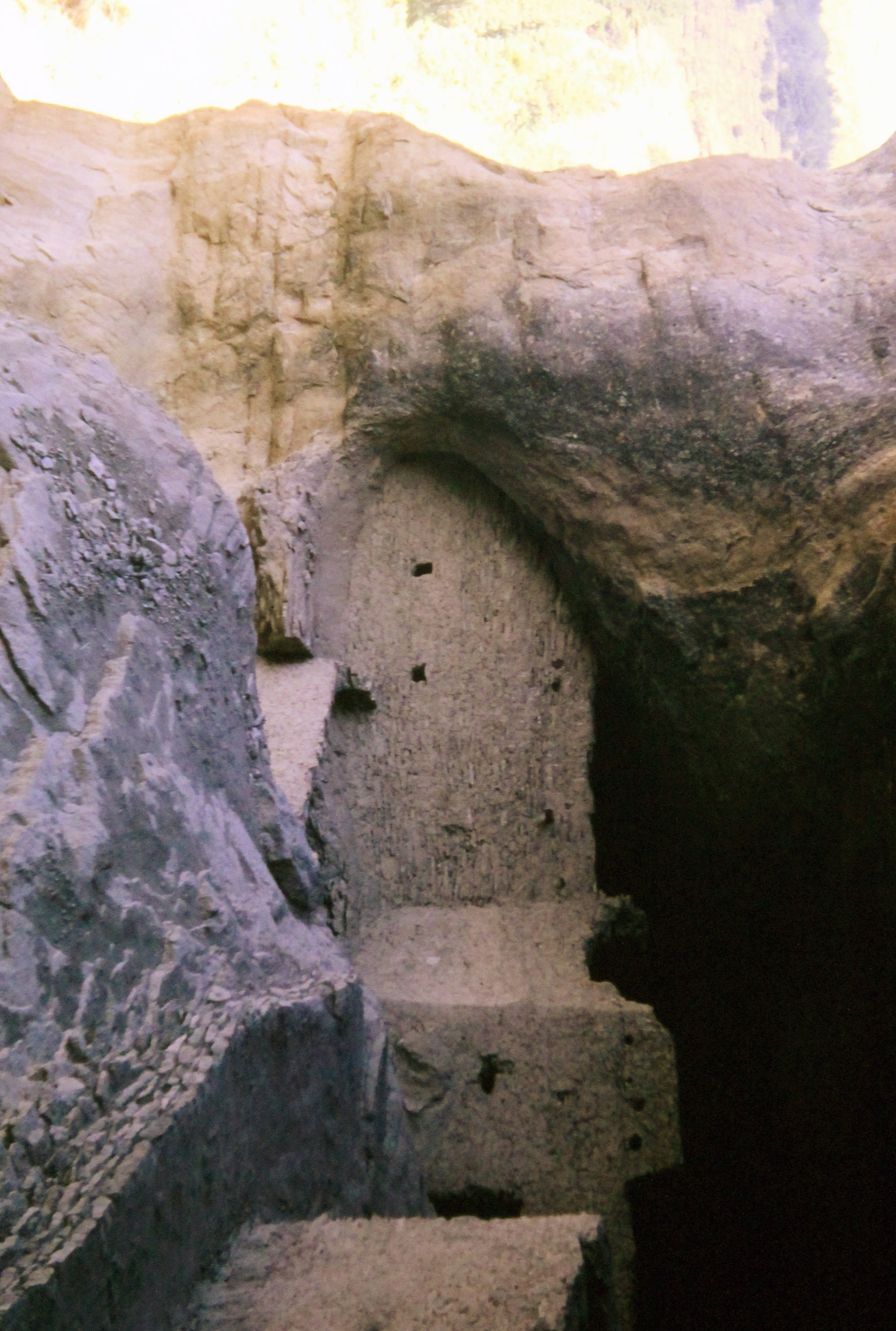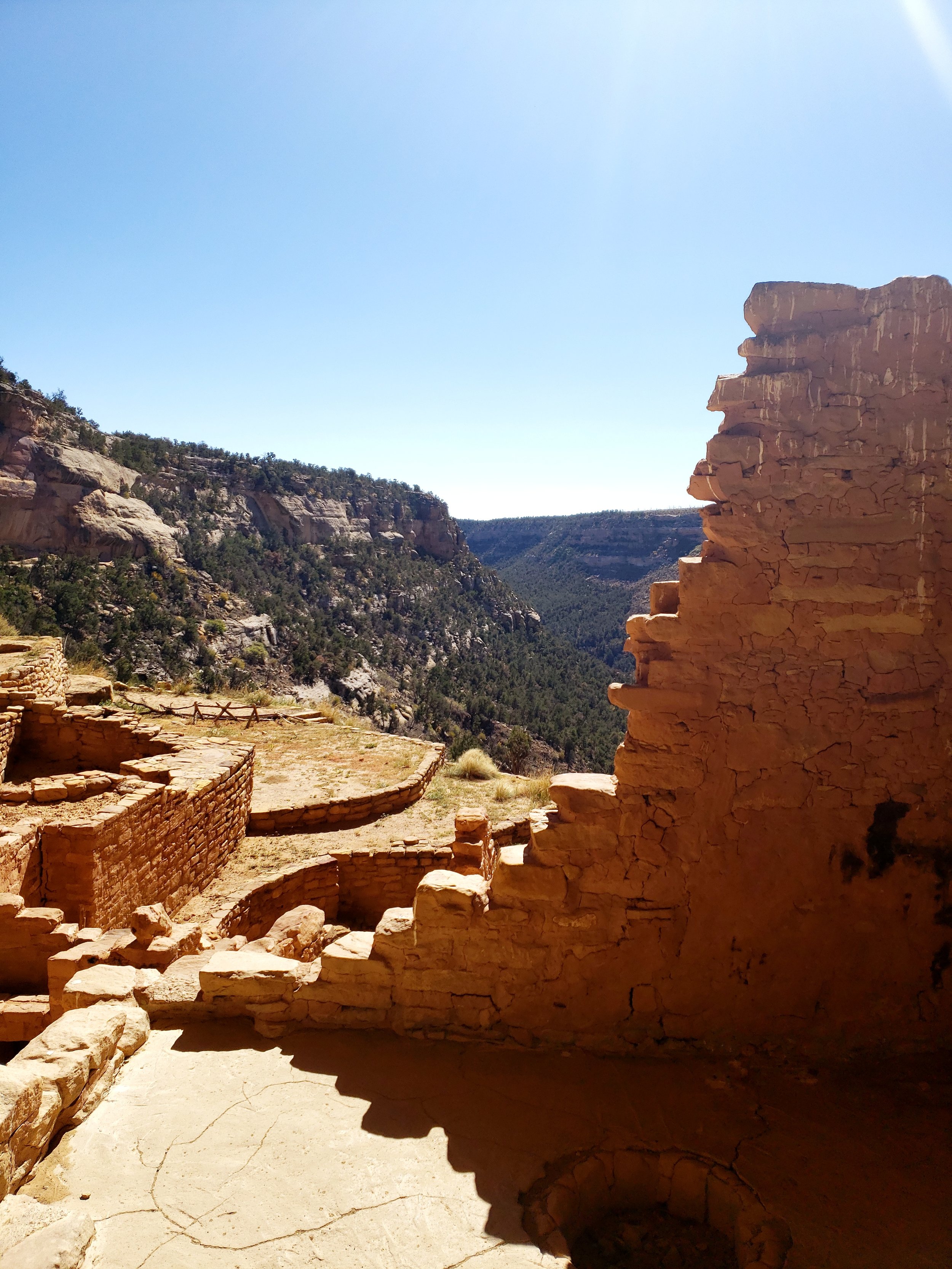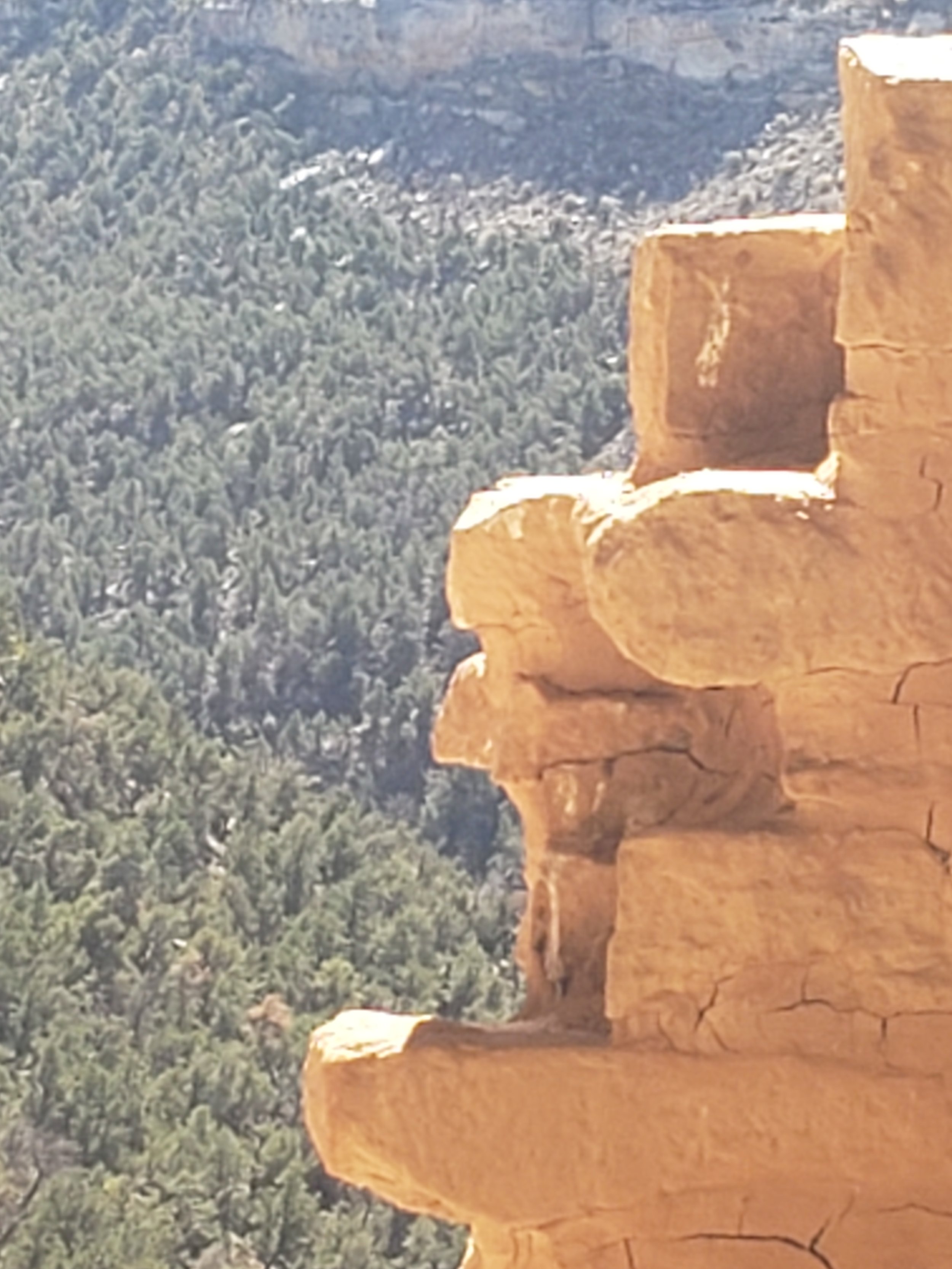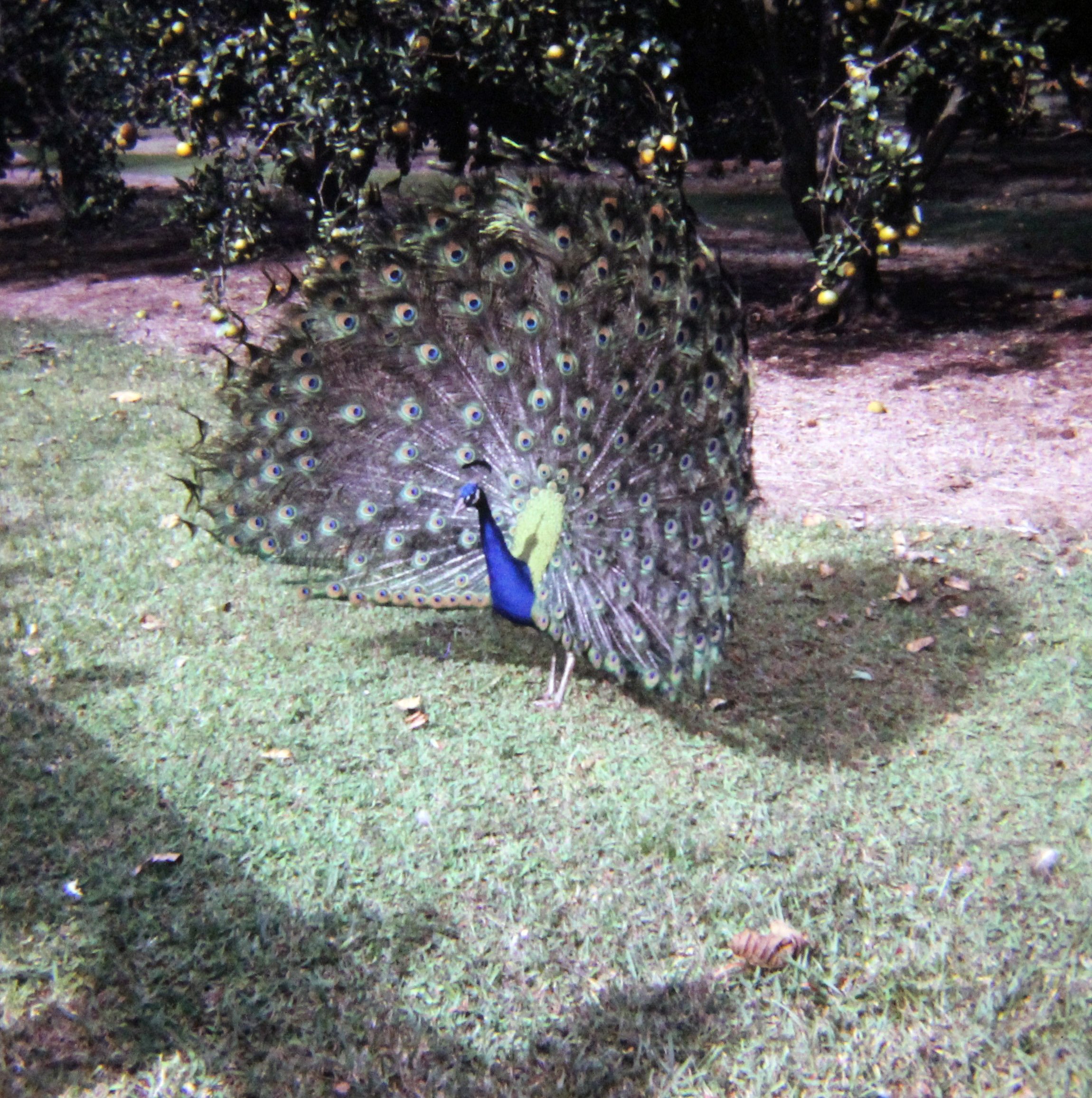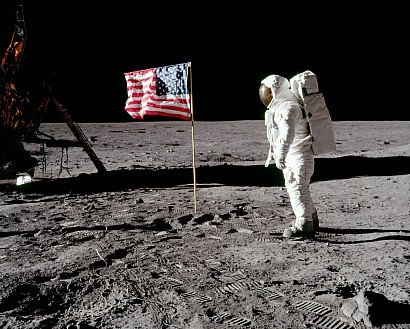Contemporary Theories and Histories of Rhetoric; On Zoom
February 17, 2022
A student visiting Dr. Cristia Ramírez’s graduate seminar at the University of Arizona asks, “In your book The House of My Sojourn: Rhetoric, Women, and the Question of Authority, you describe the bones of a warrior buried in the ground beneath the house of rhetoric. Would you talk about these bones, how you found them, and what they tell us about the future of a theory of rhetoric?” The question stayed with me. It took me back to a family camping trip in Colorado and New Mexico.
***
July 20, 1969
I am with my family is on a camping trip through part of the southwest.
We arrived at Mesa Verde National Park in Colorado yesterday. “Very cool and wet when we got up,” Mom wrote. After Dad built a fire, mom made breakfast. “We had corn beef hash, fried eggs, toast, and sliced tomatoes,” she entered in the journal. She added, “We drove up to the Cliff dwellings. Went on tour into the Balcony House.”
The Balcony House tour requires visitors to descend a 100-foot staircase
into the canyon, climb a 32 foot ladder, crawl through a 12 foot, 18 inches wide tunnel; and clamber up an additional 60 feet on ladders and stone steps.
Dad took some pictures of our tour:
For the next seven hours, we explore dwellings.
***
October 15, 2021
My memory is making its way to the student’s question. I return in my mind to Mesa Verde National Park. I was there four months ago. It is my experience of space.
I always wanted to go back to these ancient houses. The energy coming from the kivas—the circle of stones—felt like the area around my navel. It was breathing.
I fall further back in time. Bones. Built space. For exchange. In motion.
My mind turns back to the road. My family is going to New Mexico.
July 20, 1969
The next entry in my mom’s journal: “We stop at the Aztec Ruins National Monument.” near Aztec, New Mexico.”
The Aztec Ruins National Monument is one of the largest and most monumental Chacoan settlements outside of Chaco Canyon.
We’re back on the road. My sister begs my dad to turn up the radio. Marvin Gaye’s “Too Busy Thinking about My Baby” is barely audible. “Are you thinking about your boyfriend?” we tease her. We are headed for Bandelier National Monument which protects over 33,000 acres of canyon and mesa country as well as evidence of a human presence. Petroglyphs, dwellings carved into the soft rock cliffs, and standing masonry walls offer the presence of humans using and making space.
On the paved highway, the trip to Bandelier would have been about 3 hours. Mom writes that dad “decides to take a short cut over 126 [New Mexico State Road 126].” She writes this in red ink. “It was unpaved mountain road narrow and very dusty 49 miles of this before we got to a camp.” The road we took in the Chevy Impala along with Dad’s re-engineered trailer for supplies passed efficiently through the Nacimiento Mountains and Jemez Mountains before we set up camp at 5:00 pm. The switchbacks and one-lane sections and washouts would have scared the bejeebies out of most people. My mother, however, was not impressed; it saved some time but at what cost? For my dad the short cut was a way of being tropical, not logical. Visiting ancient ruins is tropological because you need a theory of the swerve, of systematic deviation from the logical expectation of paved roads.
I think this is how I became ... (Right now it is “I think this I how…). The problem with the term is that it puts people off. Many of them are taught that rhetoric is a bad thing. My notion of rhetoric comes from the ancient sophists and is more like Antiphon and Gorgias. I put the word peacock in front of rhetoric. It visualizes the difference between Plato and Aristotle and people like Gorgias and Antiphon that they attacked. Plato and Aristotle hate the peacock as much as Darwin hated it: “the sight of the feather in a Peacock’s tail, whenever I gaze at it, makes me sick.” (1887). The presence of an exceptional ornamental plumage and “eye spots” in the plumage, which made the bird vulnerable to predators, posed a problem on his theory of natural selection. Maybe he was annoyed by beauty. The peacock could not walk between him and natural selection because the bird would have made a gap and gaps are holes in logic. Here is another thought. Maybe it was the individual that miffed him. One could gain advantage. The peacock’s stands out. Maybe individuals pose a problem of the exception. What about the whole? To me, the peacock is about rhetoric as a plastic art. Plastic arts (rather than temporal arts like music) denote space, like architecture.
Peacock rhetoric poses a problem on theories of rhetoric thoroughly indebted to time: Rhetoric has always been about time. Speaking at the right time. Seizing the opportune moment. Peacocks wander, finding a way with their many “eyes” or many tropes. Rhetoric looks vulnerable to those interested in certainty. People deliberate about what is going to happen (the future). The peacock offers something else.
I would ask, what is the peacock/tropical function of language in the discourse that tries to be nonfictional and objective during deliberation? The short answer: to make space. My grandmother’s peacock roams at will and makes space around the garden. Once a space is made, the process of deliberation changes Consider the kiva and compare the podium. Who can speak within these shapes and forms? Who cannot? Why?
This is one of my grandmother’s peacocks that roamed her farm in Missouri.
The short cut led us to our destination: Bandelier National Monument. It was the third stop (after Mesa Verde and Aztec Ruins) that tugged me to eventually see something I had not seen before. It was rhetoric that mentored my powers of observation.
I had seen many houses. At Aztec National Monument, I had seen the great house at the West Ruin. It is laid out in a U-shape plan that faces southeast across a large plaza, with rectangular blocks on the north, east, and west sides, and a curved wall of single rooms enclosing the plaza on the south side. How about the Balcony House at Mesa Verde in Colorado?
Rhetoric became a way for me of experiencing the world and it initiated a process of how to see space being made by humans swinging over, changing direction, turning sharply, and so on. The idea of “other” space came alive to me while camping and going to places. Bandelier is not interesting to me as in terms of how humans constructed their buildings and houses and what materials they used for that. It represented how humans interacted, moved, and constructed a standard of living. The gesture of interaction is linked to shortcuts and swerves.
I have been digging in the earth for many years. Being among ancient dwellings since I was in high school felt as natural to me as reading books. Most of the time, I studied rhetoric in books. I decided to dig in the field of rhetoric. I wanted to excavate rhetoric –the house. Humans have lived in a house of rhetoric for thousands of years. I wanted to feel the earth of its civic atmosphere. I wanted to crawl around. I examined a structure. I found some strange ideas: ideas like who can speak and when and where and why it was so. These led me to bones of men who invented the place where they once worked, spoke, played, and solved problems. Maybe one day, a graduate student in a far-off galaxy, will take a tour of the ancient house of rhetoric that Aristotle built and wonder how they ever got along if they did at all.
February 17, 2022
To the last part of the student’s question, “what do the bones tell us about the future of a theory of rhetoric?”
They tell us this: We as Americans have never developed rhetoric for ourselves, our soil, our ground. We need to develop rhetoric as wide as the canyons that housed humans. The future of rhetoric is a theory as wide and as narrow as its canyons, as colorful as the reds, ocher and blackness of the Gunnison Canyon.
Peacock rhetoric poses a problem on theories of rhetoric. Who can speak and when and where? And why did it exclude women? How can women move, swerve their hips, in a space that denied them access? Peacock rhetoric seeks to build a theory of rhetoric in America.
I sign off zoom.
July 20, 1969
Walking back to camp, mom writes, “saw one deer and then a few feet, saw three …saw some big rams coming to rest.”
We spent the evening at a campfire program. Mom describes an Indian woman in her journal. She was the master of ceremonies. “The program was dedicated to the man on the moon.” It was July 20, 1969. The date presumed the logic of Armstrong being on the moon literally.
This program was about songs and stories of the moon. Mom noted, “They sang songs in their native tongue.” And, she writes, “They told us legends of the people of the moon.” This is the narrative power of humans. We are storytellers. But there is more to human evolution than stories. There is space. The final frontier of the art of rhetoric.
March 30, 2022
I went on to Arizona to tell Dr. Cristia Ramírez graduate seminar that human beings have a plastic power. Plastic power is the power to endow form. Form is space. Peacock rhetoric presents the house of rhetoric as a place endowed with a particular form. Humans have plastic power——to form a different house.

